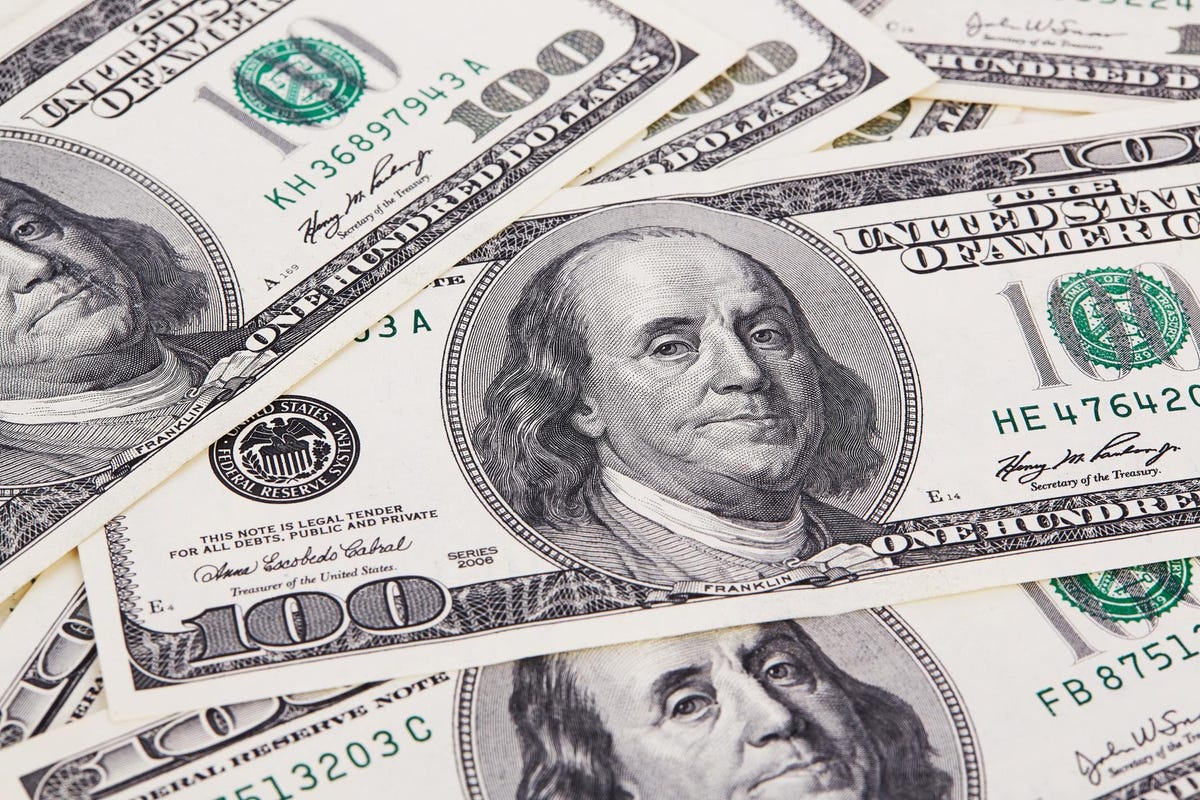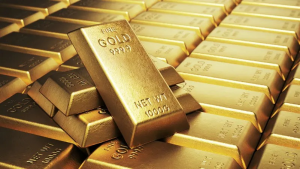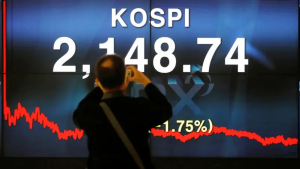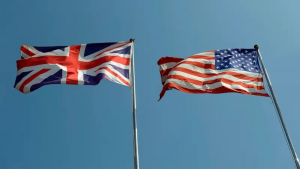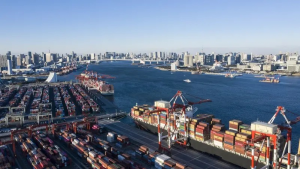The dollar rose on Thursday, after earlier falling to a one-month low in choppy trading ahead of an expected rate hike from the European Central Bank (ECB).
Meanwhile, the yen gained some footing ahead of Friday's policy decision by the Bank of Japan, rising to 145.11 per dollar, its highest since Oct. 21.
The dollar has fallen sharply in recent days as investors have cheered signs that the U.S. Federal Reserve is considering slowing down its aggressive rate hikes in December.
It was last down 0.13% at $1.0066 ahead of the ECB's decision. The central bank is expected to raise its deposit rate by 75 basis points (bps) to 1.5%, a 13-year high. It is also likely to reel in a key subsidy to commercial banks. "I think that a bit of profit-taking at this level is not unheard of," said Alvin Tan, head of Asia FX strategy at RBC Capital Markets. "Since Monday, the euro-dollar has gone up around 2.2%, so we've had quite a big move in the dollar over the last two days."
Against a basket of currencies, the dollar was up 0.16% to 109.73, having rebounded after falling to a one-month low of 109.53 earlier on Thursday. Sterling fell 0.27% to $1.1596.
Tan said the move lower in Japan's yen may have been driven by technical factors. He said traders had likely placed orders to buy the yen if it strengthened through the 146 level, which it did on Thursday.
It was last up 0.52% against the dollar at 145.67. Trading has been volatile after suspected interventions by the government on Friday and Monday.
Markets are still expecting another 75 bps rate hike from the Fed next week, although many investors expect a smaller increase in December.
Housing data released this week, which showed that U.S. single-family home prices sank in August, provided evidence that the Fed's hikes are already slowing the economy.
Overnight, the Bank of Canada announced a smaller-than-expected interest rate hike of 50 bps.
The Canadian dollar last traded 0.1% lower at 1.3566 per U.S. dollar.
Depite signs that the Fed may soon slow down, many analysts expect the dollar's rebound to pick up pace.
"Fundamentally, there are factors that are still favouring the U.S. dollar: rate differentials, the fact that the Fed still has more work to do," said Rodrigo Catril, senior currency strategist at National Australia Bank.
The Aussie dollar slipped 0.18% to $0.6483, as a red-hot inflation print stoked pressure for more aggressive rate hikes by the Reserve Bank of Australia.

